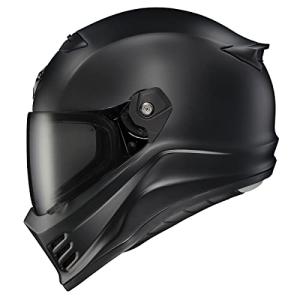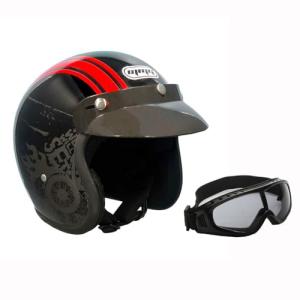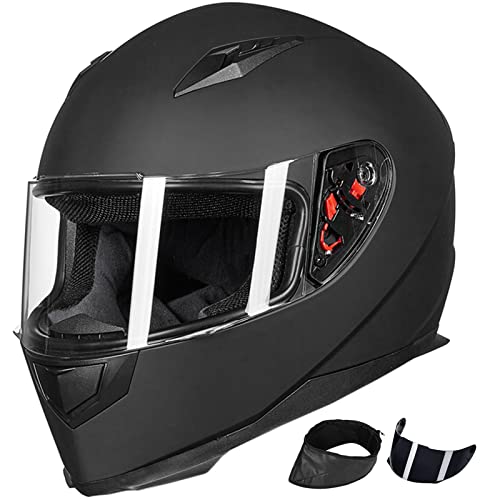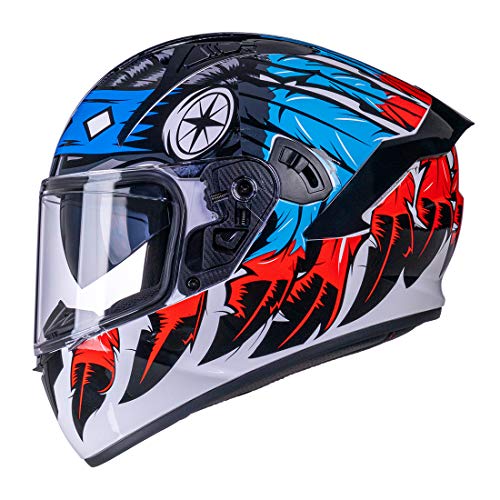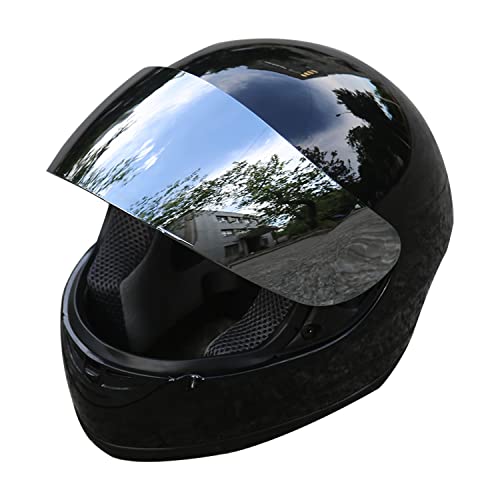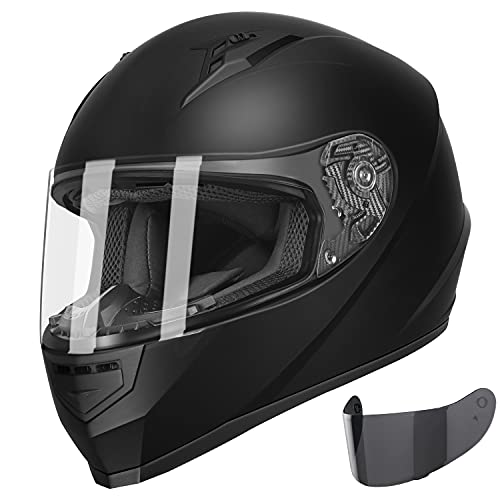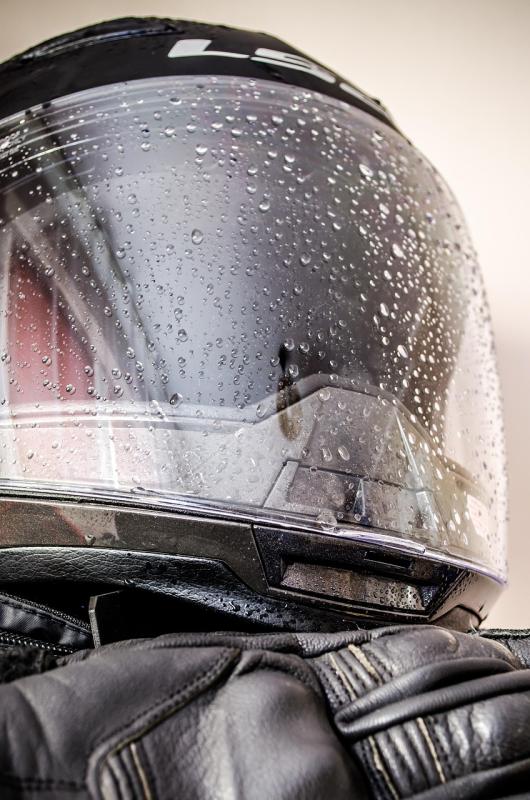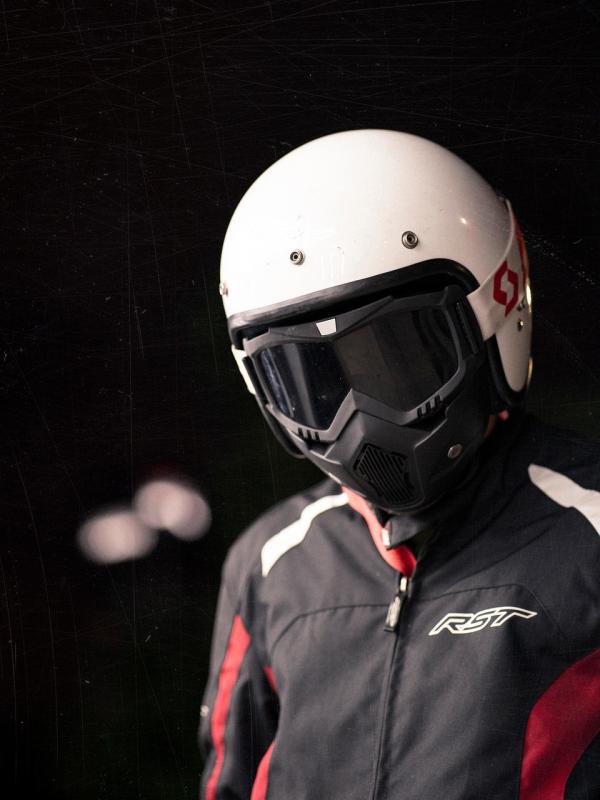When you hit the road on your motorcycle, knowing the Motorcycle Helmet Laws in your state can make a big difference. Some states require all riders to wear helmets, while others only require certain age groups or have no laws at all. This can get pretty confusing, especially if you’re planning a ride across state lines.
Let’s break it down. In states like California and New York, it’s mandatory for all motorcyclists to wear helmets. These helmets must meet federal safety standards to keep you safe. On the flip side, places like Illinois and New Hampshire have no helmet laws at all. You can ride without one if you choose, but keep in mind the risks involved. It’s wise to evaluate your own safety needs versus the laws.
Some states have what’s called a “partial law.” This means that only specific groups, like young riders or beginners, must wear helmets. For example, in Florida, riders under 21 must wear one, but those over 21 can choose not to if they have adequate insurance. Knowing these details helps you make informed decisions about your ride.
Always check local laws before hitting the road. Not only can this save you from fines, but it also ensures you’re as safe as possible while you enjoy the wind in your hair. Whether you’re a dedicated rider or just looking to take a weekend trip, understanding the Motorcycle Helmet Laws where you ride keeps you informed and helps you stay within the legal lines.
Helmet Regulations Around the World
When you hit the road, knowing the local motorcycle helmet laws can keep you safe and out of trouble. Helmet regulations vary widely from country to country and sometimes even within different regions of the same country. Some places require every rider to wear a helmet, while others have specific rules based on age or type of motorcycle.
For example, in the U.S., helmet laws differ by state. Some states, like California, have strict laws that require all riders to wear helmets, regardless of their age or experience. Others, like New Hampshire, don’t have any helmet laws at all. This patchwork of regulations can be confusing, so it's crucial to do your homework before you ride.
In Europe, most countries have mandatory helmet laws that apply to all riders. In the UK, for instance, not wearing a helmet can lead to hefty fines and even points on your license. On the other hand, some countries in Asia may have relaxed rules, but that doesn’t mean you should skip the helmet!
When traveling, always check the local motorcycle helmet laws in advance. It’s not just about avoiding fines; a good helmet could save your life in an accident. So, whether you’re cruising through a city or exploring winding country roads, keep it safe and gear up!
ScorpionEXO Covert FX Full Face Helmet - Matte Black
Experience ultimate protection and style with the ScorpionEXO Covert FX Full Face Helmet in sleek matte black
Product information
$284.95
Product Review Score
4.6 out of 5 stars
21 reviewsProduct links
State by State Helmet Law Breakdown
Riding a motorcycle is all about freedom and fun, but you need to know the rules in each state, especially when it comes to motorcycle helmet laws. Some states require everyone to wear a helmet, while others have more relaxed rules, depending on your age or experience. Let's break it down so you know what to expect wherever you hit the road.
States with Strict Helmet Laws:
States with Partial Helmet Laws:
States with No Helmet Laws:
Always remember to check local regulations before you ride. Knowing the motorcycle helmet laws in your state can keep your ride safe and legally smooth. Whether you're an experienced biker or new to the scene, it's better to be informed.
MMG Classic Open Face Motorcycle Helmet - Black/Red
Experience comfort and style while enjoying the open road with this classic open face helmet
Product information
$47.90
Product Review Score
4.22 out of 5 stars
103 reviewsProduct links
Safety Standards You Should Know
When it comes to motorcycle helmet laws, safety standards are a big deal. Helmets are your first line of defense on the road. They’re made to protect you, but not all helmets are created equal. That’s where safety certifications come in. Understanding these standards helps you choose a helmet that really does its job.
First off, check for the DOT sticker. If you're in the U.S., any helmet you consider should have this. It means the helmet meets the Department of Transportation’s safety guidelines. It's a solid choice if you're looking for something that will hold up in a crash.
If you want something even stronger, look for Snell certification. This is a non-profit organization that sets tough testing standards. Helmets with a Snell sticker are designed to withstand high-impact situations. If you ride often or at higher speeds, this extra protection could be worth it.
In some areas, local laws might require certain certifications, so it’s vital to know the motorcycle helmet laws in your state or country. Some places even have rules about helmet types—like requiring full-face helmets instead of half helmets—so double-check local regulations before you hit the road.

